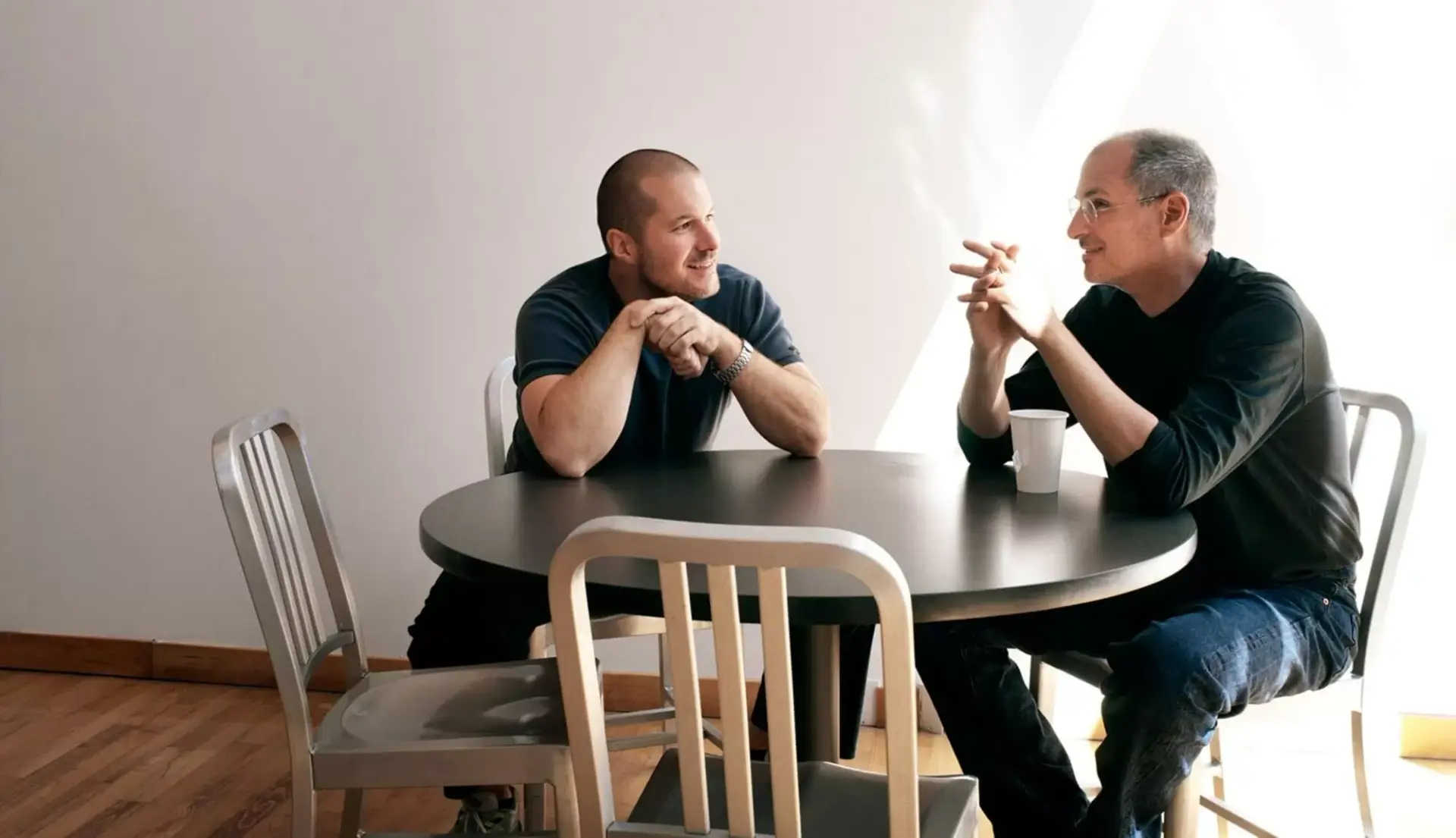
In the fast-paced world of fintech, crafting user-friendly interfaces is not just an art — it’s a strategic necessity.
As product managers, we must think beyond features and functionality. We are shaping experiences that build trust and drive engagement.
One of the design philosophies that deeply influences how I think about this work comes from Jony Ive — the mind behind Apple’s most iconic products. His philosophy transformed how we interact with technology. And I believe it can help us shape the next generation of digital financial products.
Let’s explore what a product manager should think about when collaborating on design, through the lens of user-centricity — imagining the interface as a canvas awaiting intuitive strokes. We’ll look at where functionality meets aesthetics, where simplicity meets complexity, drawing lessons from Jony Ive and Bauhaus principles that still guide great design today.
Understanding User-Centric Design
In fintech, user-centric design is about more than arranging pixels on a screen.
It’s about creating experiences that are seamlessly integrated into a user’s financial journey.
Picture Jony Ive contemplating the elegance of an interface — each element intentionally curated to enhance clarity, trust, and ease of use.
Here are six principles I believe every fintech product manager should embrace:
1. Strive for Simplicity
Simplicity is not the absence of clutter; that’s a consequence of simplicity.
Jony Ive
In fintech, simplicity is powerful. A clutter-free interface reduces cognitive load, helping users navigate effortlessly and reach those “aha!” moments — and perhaps multiple times within the same journey.
Simplicity isn’t about removing features — it’s about making what matters clear.
2. Embrace Bauhaus Design Principles
Bauhaus teaches us that form follows function. This principle is incredibly relevant in fintech.
Jony Ive’s approach aligns with this philosophy — functionality and aesthetics in harmonious unity.
As PMs, we should ask: What is the purpose of each element? Is it serving the user?
Design should always serve the user — not the other way around.
3. Iterate with Purpose
It’s not the consumer’s job to know what they want.
Steve Jobs
That’s why iteration matters so much.
PMs must drive a culture of learning: build, test, refine. Use user feedback as a compass. Anticipate needs that users might not yet be able to articulate. That’s how great experiences are crafted.
4. Humanize the Digital Experience
Financial transactions are inherently emotional — they involve trust, aspirations, concerns.
Your interface should speak to users in a human voice.
Address their fears. Celebrate their progress. Communicate with empathy, not jargon.
A personal, relatable touch builds trust and encourages deeper engagement.
5. Foster a Design-Centric Culture
Jony Ive’s influence wasn’t limited to the design team — it shaped Apple’s entire culture.
As PMs, we must advocate for a design-centric ethos across our teams.
Encourage close collaboration between product, design, and engineering — not silos. Champion conversations about design decisions. Push for experiences that exceed user expectations.
6. Leverage Data for Informed Design
Data is the currency of the digital realm — and an essential tool for user-centric design.
Analyze user behavior. Study interaction patterns. Let data illuminate where users struggle, what delights them, and where opportunities lie.
But remember: data should guide design, not replace human intuition.
Final Thought
In fintech, user-centric design is not just a feature — it’s the soul of the product.
By embracing simplicity, Bauhaus principles, iterative refinement, humanization, a design-centric culture, and the power of data, PMs and designers together can create interfaces that resonate deeply with users.
Because in the end, fintech isn’t just about moving money — it’s about moving people’s trust and confidence.
If this perspective resonates with you, I’d love to hear your thoughts — how do you approach user-centric design in your fintech product?

Franklin4187
October 26, 2025 at 4:01 AMhttps://shorturl.fm/nCHYc
Tori1007
October 27, 2025 at 6:08 PMhttps://shorturl.fm/NPKuE